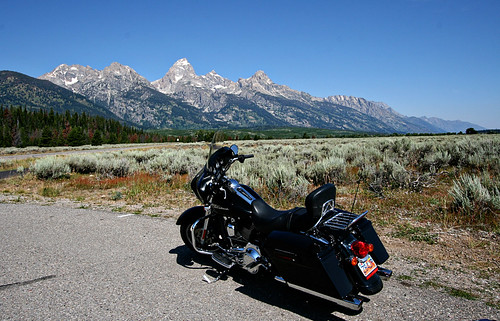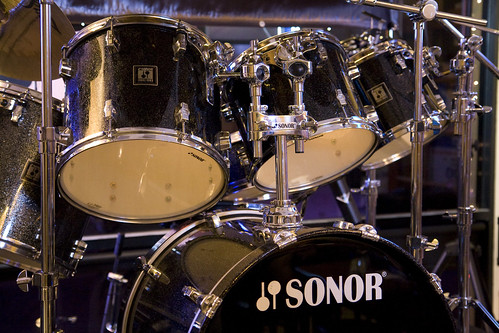
One of the primary reasons that people practice photography is to record their travel experiences. Once-in-a-lifetime opportunities can be memorialized forever, which actually generates a form of anxiety within the photographer. “I’ll only be here for a brief time, how can I guarantee that my photos turn out well? What if my camera gets stolen, or what if my memory card gets lost or accidentally erased? What gear should I take with me to cover the range of circumstances that I might encounter?” This article is going to help you answer some of those questions and relieve some of that anxiety.
There are some tricks you can use that won’t necessarily guarantee that you’ll get “the” shot, but will certainly improve your odds. First, don’t be afraid to use your camera’s automated settings – primarily “P” or “Program Mode”. This comes in especially handy if you are moving through various light levels and shooting various subject matter, moving from indoors to outdoors and back in again, if you’re in a vehicle, or if you simply don’t have the opportunity to slow down and determine the aperture and shutter speed that each shot would require. Just use a higher ISO, such as 800, which will accommodate any light level you might encounter. It won’t be a perfect ISO for every circumstance, but it won’t be too terribly high for outdoor shots, and will come in handy for dimmer lighting situations. Also, shoot in burst or continuous shooting mode. This will increase the likelihood that the shot you want is focussed and framed appropriately. Finally, shoot in RAW format so that you can improve sharpness, composition, white balance and exposure in post-processing should it be necessary. Recommended Cameras: Canon EOS 7D, Pentax K-5, Nikon D300S, Sony Alpha A580.
Next is to consider a lens that has all of the focal range and flexibility you may need for a multitude of situations, is light enough to carry around all day, and is fast enough to accommodate low light levels. Such a lens is tough to find, but you certainly don’t want to be lugging multiple lenses around, especially if you’re on foot! Choose a lens with image stabilization so that you are more successful getting hand-held shots (who wants to lug around a tripod or monopod all day?). Consider these recommended lenses: Sigma 18-250m f/3.5-6.3 (available for both Canon and Nikon), Canon EF 70-300mm DO IS USM (or the Nikon equivalent), Canon EF-S 17-55mm f/2.8 IS (or the Nikon equivalent).
In the spirit of keeping the weight down, consider leaving the battery grip at home and just carry a couple of spare batteries charged up and ready to go. Don’t skimp on the memory cards – put two or three 16 or 32 GB memory cards in your pocket. Some folks I know even leave off the lens hood and UV filter, trying to get the camera as light and manageable as possible. Don’t bother with an external flash unless you know you’re really going to need one. Really, the less obtrusive your camera appears, the less likely it is to draw the wrong kind of attention (like would-be thieves). Consider even getting a generic camera strap instead of the one that came with the camera, emblazoned with the brand and model.
Finally, consider traveling with your laptop and an external hard drive. Yes, this adds bulk to your traveling gear, but it also adds peace of mind. If you have the ability to off-load photos from the memory cards onto the computer hard drive or external drive, you can feel much more comfortable about the safety of the photos. It also helps to upload to photo sharing sites such as Flickr throughout your travels – dedicate an hour or so each night while hanging out in your hotel room to uploading your photos to a site, which will further protect them from loss.
Hopefully some of these tips will help you during your next trip. Happy travels!
Photo Credit: Tiffany Joyce




